Flying in a tiny Cessna across the Nasca Lines is why people from all over the world come to this small city in the desert. The lines only were discovered once commercial airplanes started flying over the area in the 1930s, but tourism only started to pick up in the 80s, when flying became affordable.
Our hosts, Hedwig and Abdon from the highly recommendable budget Brabant Hostel, booked us a flight for USD 45 with the only airline that has brand new Cessna planes with no sidebars. This is important to take good photos from the plane, since those sidebars are always on the way, something we learned flying to Canaima in Venezuela.
We got headphones and the pilot announced when we were approaching a famous drawing. In order for all five people on the plane to see the drawings properly, the pilots tilt the plane extremely and when ours did so the first time Heidi felt like screaming “Do not do this” because she was sure we were about to crash. The pilot always flew twice above each drawing, once from the right side and then from the left side, so that all of us had a great view.
Since the flight only takes about thirty minutes, one has little time to get used to this kind of flying a plane. We were extremely lucky because our pilot took us across the famous Cantallo Aqueducts built by the Nascans, which are still used today. Towards the end of the flight, obviously having fun with us, the pilot asked us: “Do you want to feel gravity?” Since everyone except Heidi nodded yes, he smiled and then banged the plane left and right, then took it brutally down and even faster up, then down again so that we would be no longer feeling any gravity for a few moments. An experience that Gilles loved and left Heidi speechless for a moment! It was simply fantastic to view all these lines and drawings from above and wonder what made the Nascan civilisation draw these into rocky ground.
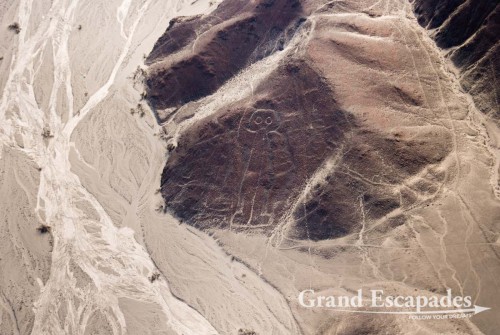
The Nasca Lines: the Astronaut, the only Line that is not drawn on the ground but on the side of a hill … – A UNESCO World Heritage, Nazca, Peru
There are many theories, the most popular one used to be the one developed by Erich von Daniken, who interpreted these lines as runways for extraterrestrials visiting planet earth. Several, more scientific theories, are currently being discussed. We learned about them when we attended a presentation at the Hotel de Lineas.
One is that the lines were an astrological calendar for agricultural purposes. This theory was supported by Maria Reiche, a German mathematician who spent 40 years of her life measuring and charting the area. She also was the one who discovered that some of the drawings depicted animals. Unfortunately her relentless efforts were only appreciated late in her life. During our stay here Gilles received an eMail from his elementary teacher, Pierre Meneult, who met Maria Reiche when he visited Nasca in 1982 … Incredible, he really met someone who has turned into a legend in Peru.
Another plausible theory for us mentioned there was that these drawings were part of a water culture. Many of the lines point towards a river and since this area is extremely dry this makes perfect sense.
Although, since these lines were created over centuries, it is most likely that they had different meanings throughout time.

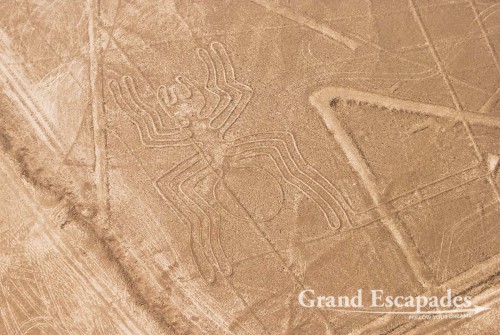
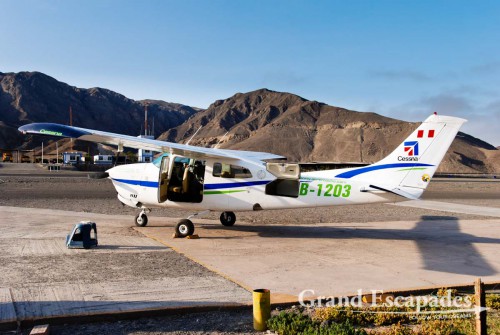
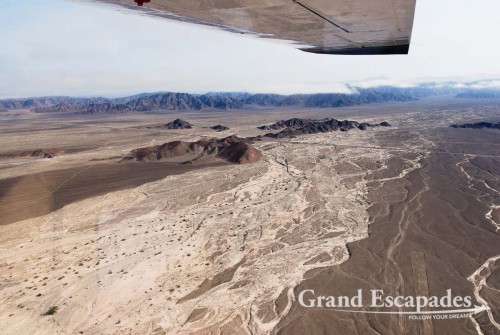
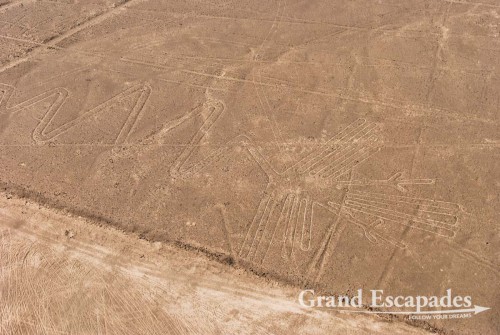
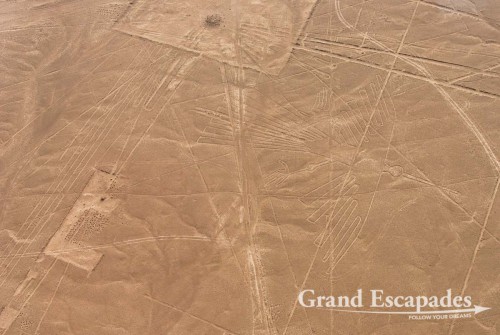
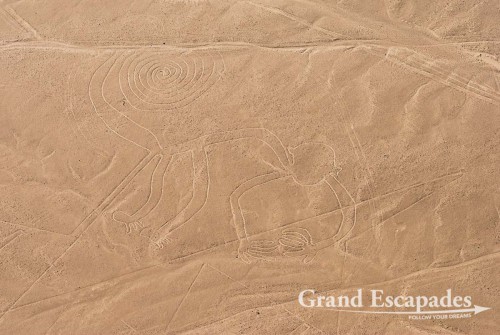
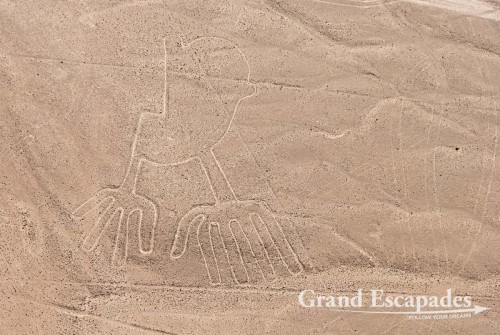
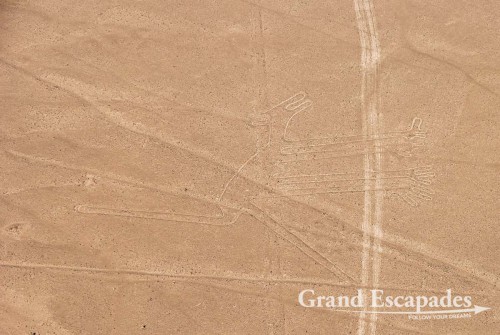
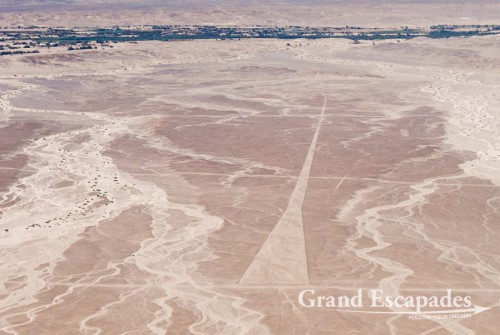
No comments yet.